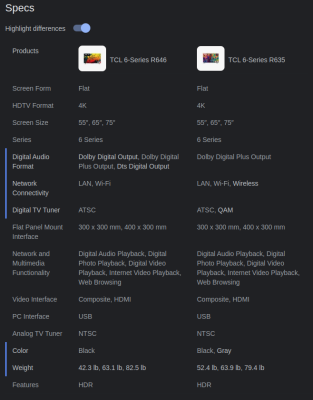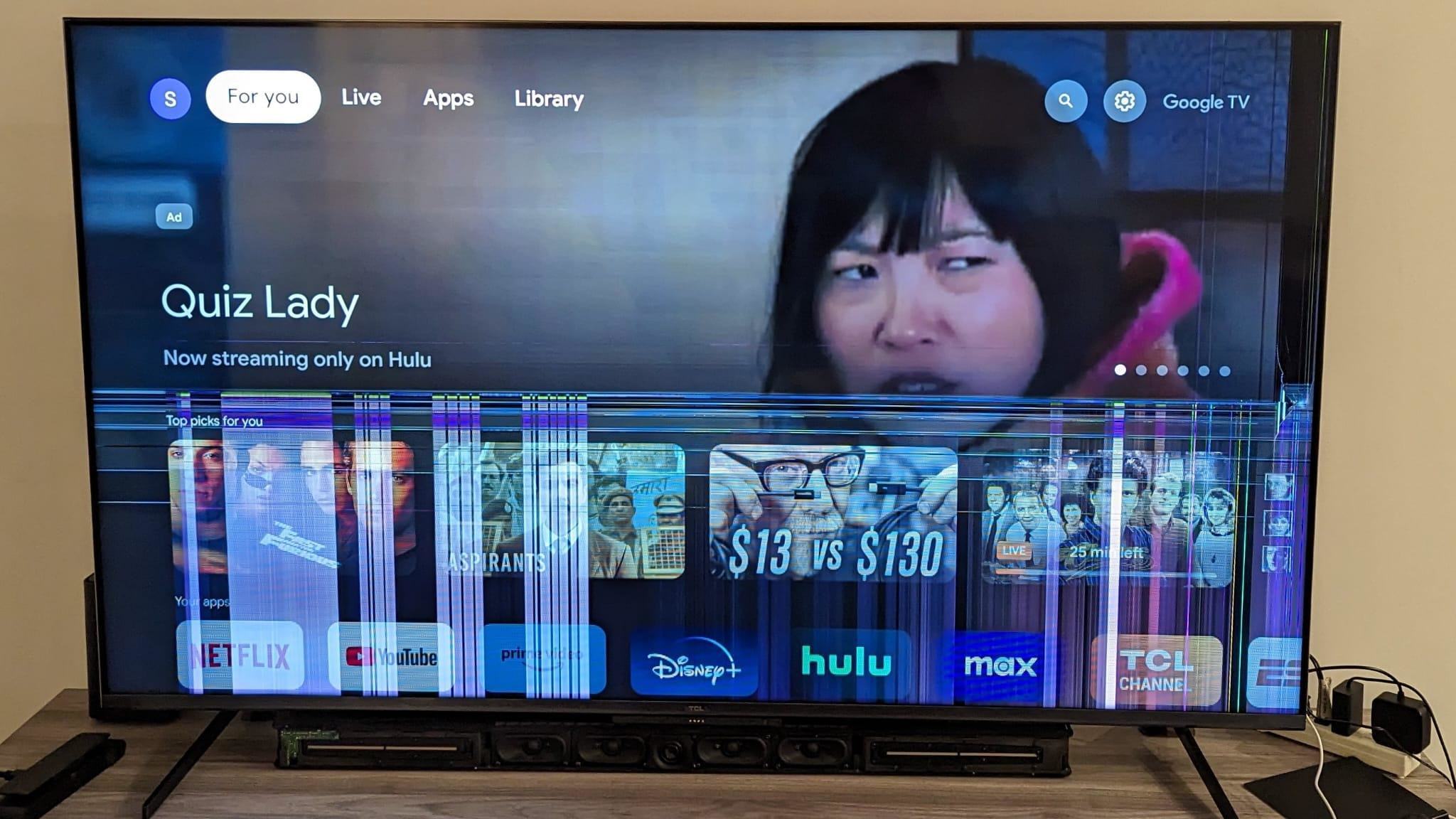[Sharad Shankar] repaired a broken TV by swapping out the cracked and malfunctioning image panel for a new one. Now, part-swapping is a great way to repair highly integrated modern electronics like televisions, but the real value here is something else. He documented his fix but the real useful part is his observations and guidance on how to effectively look for donor devices when the actual model of donor device can’t be found.
The usual approach to fixing a device by part swapping is to get one’s hands on two exact same models that are broken in different ways. But when it comes to consumer electronics with high turnovers — like televisions — it can be very difficult to actually locate any particular model once it’s no longer on shelves. [Sharad Shankar]’s broken TV was a 65″ TCL R646 purchased in 2021, and searching for a second 65″ TCL R646 was frankly like looking for a needle in a haystack. That’s when he got a visit from the good ideas fairy.
The first insight he had was that he didn’t actually need the exact same model of TV as a donor, he just needed the same display panel. The second insight was that TV manufacturers are absolutely using the same panels across different models of device. So he expanded his search to include similar TV models by the same manufacturer, hoping they contained the same display as the one he needed to replace.

This is more difficult than it may sound, because service manuals or similar low-level information about components in particular models of TV are not easy to find. In the end, [Sharad Shankar] did the following:
- Collect all the specs for his (cracked screen) TV.
- Find similar models made by the same manufacturer, preferably within a year or so.
- Compare the specs and make a short list of models that have the same screen size, screen technology, and display features as the original. (Features unrelated to the display can change.)
- Expand the search for a donor device to include these other potentials.
As luck would have it, he was able to locate a potential donor device on eBay thanks to his expanded search list. 75$ later, [Sharad Shankar] had the donor home and opened up to reveal some encouraging similarities between it and the broken original. A little part-swapping later, he once again had a working TV!
This method did require a bit of finger-crossing since it was impossible to be entirely certain that the parts would be compatible, but as far as calculated risks and educated guesses go, it was a solid play.
Keeping in mind that technology is designed and created by other humans and that certain things therefore are more likely than others can provide key insights when doing repair work or reverse engineering. Angles are usually clean divisions of 90°, and if calipers say 3.99 inches then it was probably actually designed as and intended to be 4.00 inches. And, as [Sharad Shankar] observed, consumer electronics like televisions are not completely redesigned and remanufactured from scratch with every model and release. Keep it in mind the next time you’re having trouble tracking down a part.
